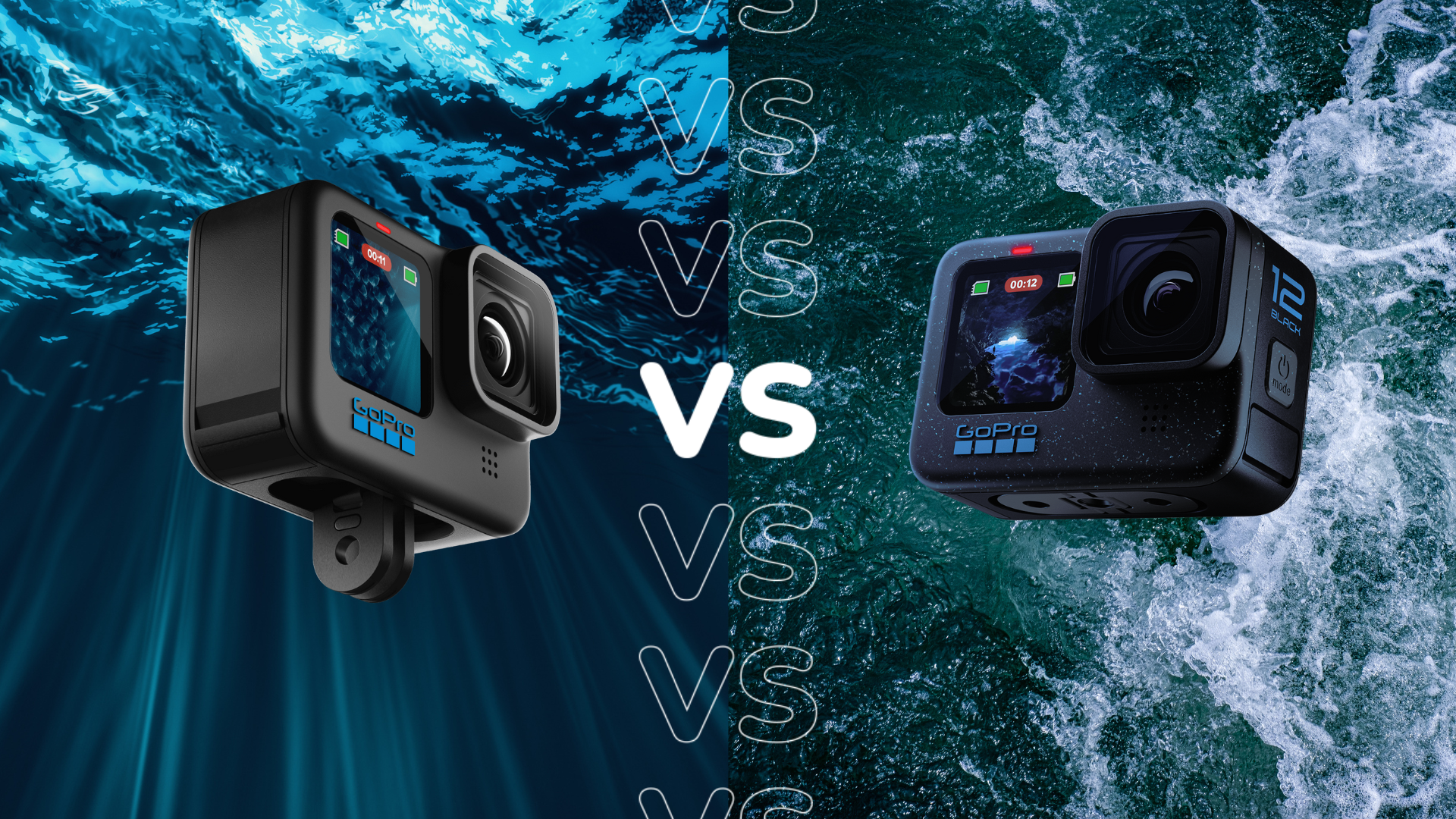Oppo Find N3 Flip vs Motorola Razr 40 Ultra: Which foldable should you buy?
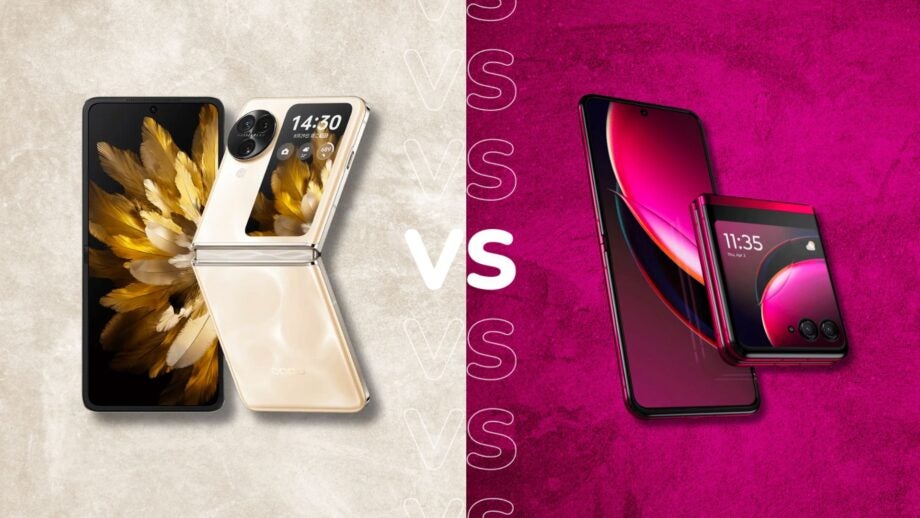
The Oppo Find N3 Flip is a capable foldable smartphone that looks to bring the fight to Samsung, but how does it compare to one of our favourite foldables around, the Motorola Razr 40 Ultra?
The Oppo Find N3 Flip has a lot going for it including a triple camera system that includes a dedicated telephoto lens – a first for clamshell-style foldables – and a great software experience, but it has its work cut out for it if it wants to compete with the Motorola Razr 40 Ultra.
That’s because the Razr 40 Ultra is currently ranked as our top clamshell-style foldable here at Trusted Reviews, sporting a gorgeous display, genuinely helpful cover display features, a great camera system and top-end power.
So, does Oppo do enough to steal the crown from Motorola? We’ve spent plenty of time with both the Oppo Find N3 Flip and Motorola Razr 40 Ultra, and here’s how the two compare.
Pricing and availability
The Motorola Razr 40 Ultra launched back in June 2023 with a £1,049 price tag, although you can find it slightly cheaper in early 2024 if you look in the right places.
The Oppo Find N3 Flip is a little bit more difficult to get your hands on; while the Find N2 Flip was released in the UK, the same can’t be said for the Find N3 Flip, which is currently only available in the Middle East and Asia at around S$1499/INR 94,999 (~$1126/£890) – though there will likely be additional import fees if you do decide to buy from abroad.
Design and screen
When it comes to general form factor, both the Oppo Find N3 Flip and Motorola Razr 40 Ultra are similar. They’re both clamshell-style foldable smartphones, after all.
But there are plenty of differences between the two. The most obvious when looking at the two phones is the size of their respective cover displays; while Oppo has opted for a 3.3-inch portrait-orientated screen, Motorola has gone all in and squeezed in a larger 3.6-inch screen that takes up much of its front cover.

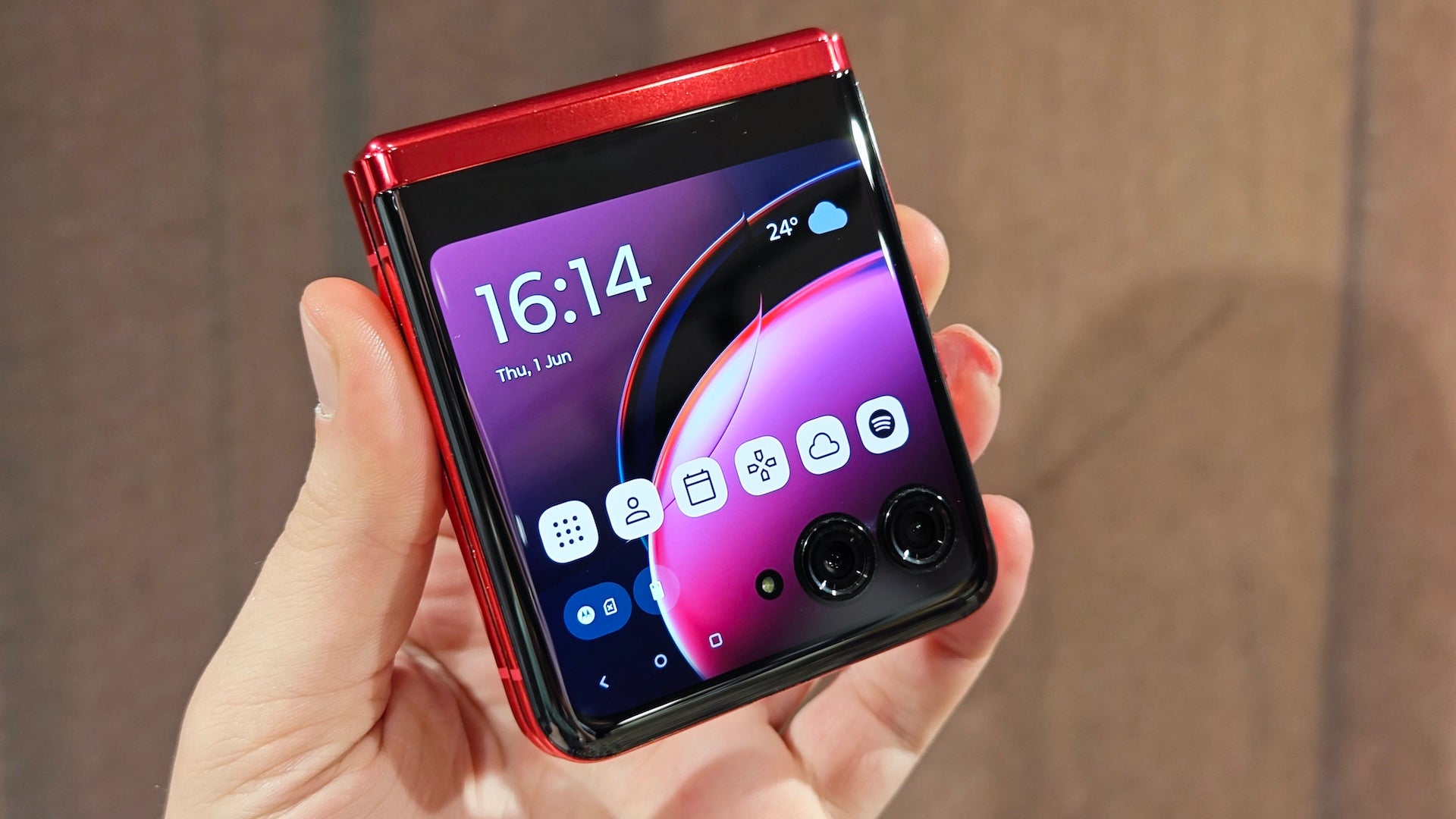
It’s not just larger either; it’s smoother at 144Hz, higher resolution at 1056 x 1066 and it even supports HDR10+ content. The Oppo Find N3 Flip’s cover display, on the other hand, boasts a relatively low resolution of 382 x 720 that our reviewer felt could’ve been higher as it made certain on-screen elements look a little soft. It’s also capped at 60Hz.
But the bigger difference comes with what you can actually do with those cover displays. While Oppo has a smattering of first-party widgets and access to a small number of third-party apps, you can access any Android app from the Razr’s cover display, making it instantly more useful.
Unfold the phones and you’ll find foldable AMOLED screens within, but like with the cover display, the two companies diverge when it comes to specifics. The Oppo Find N3 Flip has a bright 6.8-inch display with a smooth 120Hz refresh rate and 1600nits peak brightness that our reviewer thoroughly enjoyed during testing, with the punchy colour palette making it a treat for watching movies on the go.

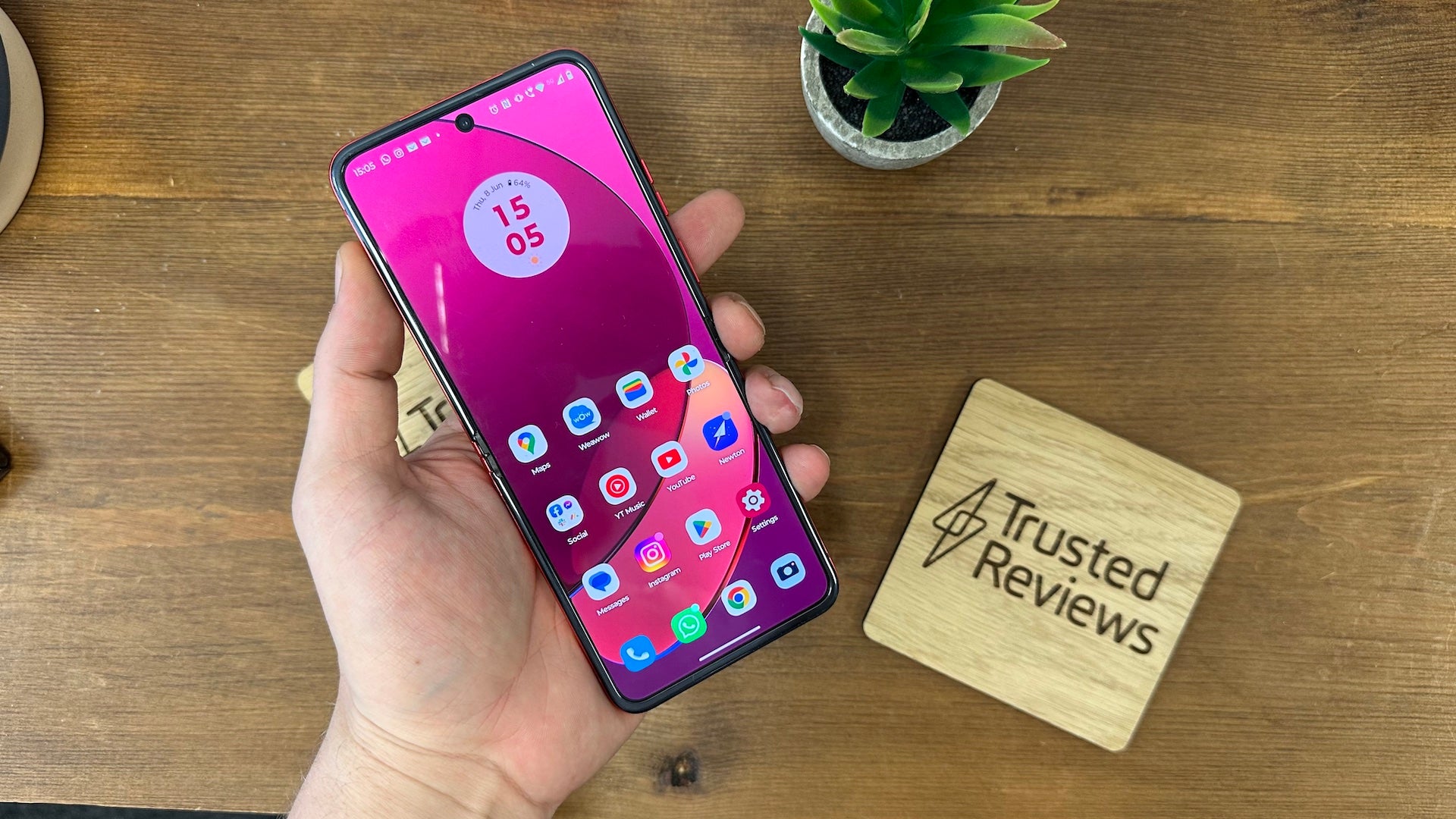
The Razr 40 Ultra, on the other hand, comes in with a slightly larger 6.9-inch AMOLED display – making it one of the biggest 21:9 screens around – with a similar smattering of tech including a 120Hz refresh rate, support or HDR10+ and a pixel-packed resolution, though it’s not quite as bright at 1400nits.
Whichever you opt for, there’s one thing you won’t need to worry about; the infamous crease. While we’ve still got a way to go until it truly disappears, both Motorola and Oppo have made significant strides on this front. Looking front-on, you can’t see a crease at all, and there’s only a minor tactile change when running your finger over it.
Elsewhere, the Oppo Find N3 Flip is the chunkier of the two foldables at 7.8mm thick and 198g, compared to 7mm and 185g from the Razr 40 Ultra. The Razr 40 Ultra also uses more premium materials including 7000 Series aluminium and stainless steel as well as Gorilla Glass Victus to protect the glass.
The only strength the Oppo Find N3 Flip has is its IPX4 water resistance, something that Motorola’s foldable doesn’t offer.
Cameras
The Oppo Find N3 Flip has the upper hand when it comes to camera performance, sporting a triple camera setup compared to the dual-camera offering from the Razr 40 Ultra. Not only that, but the Find N3 Flip’s sensors are all of a higher megapixel count than Motorola’s alternative – though as we know, there’s more to a good camera than the megapixel count.
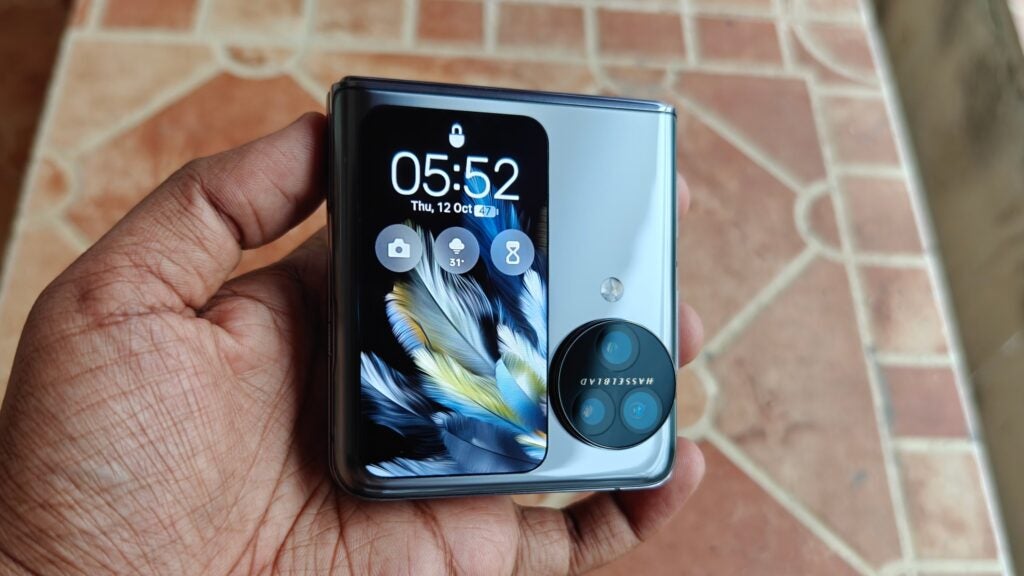
That said, our reviewer was very impressed with the Find N3 Flip’s camera performance. The main 50MP f/1.8 OIS-enabled snapper was performant in both well-lit and low-light environments with plenty of detail and vibrant colours, backed up by a 48MP ultrawide and, notably, a 32MP 2x telephoto lens. The latter is unique among clamshell foldables, with others relying on digital zoom instead of a dedicated zoom sensor.
That makes the Find N3 Flip a pretty versatile shooter, allowing you to both get closer and farther from the action without any negligible downgrade in terms of overall image quality.
The Motorola Razr 40 Ultra, on the other hand, sports a main 12MP f/1.5 snapper and 13MP ultrawide that, while able to let more light in with a wider aperture, can’t take advantage of pixel-binning tech to boost the light and detail in shots.
Our reviewer was still very happy with the images he took with the Razr 40 Ultra during the review period, but there’s no denying that the Find N3 Flip’s triple camera setup remains the more versatile of the two.


Performance and software
Neither the Oppo Find N3 Flip nor Motorola Razr 40 Ultra offer the very latest in smartphone processing power, but they’re not that far off either.
You might assume that the newer Find N3 Flip benefits mainly here, using a slightly newer MediaTek Dimensity 9200 compared to the Snapdragon 8 Plus Gen 1 from the Razr 40 Ultra, but even with the same combination of 12GB of RAM and 256GB of storage, the Razr 40 Ultra pulled ahead in the benchmark tests we run at Trusted Reviews.
According to our tests, the Motorola Razr 40 Ultra has better CPU performance and GPU performance compared to the newer Oppo Find N3 Flip, though it’s worth noting that we found both phones to be equally rapid and responsive in everyday use, though they’re phones that’ll get pretty warm if you try and play high-end games on them for long periods of time.
When it comes to software, the Oppo Find N3 Flip and Motorola Razr 40 Ultra differ quite a bit. Both ship with the slightly older Android 13 rather than Android 14, though an update to both is guaranteed sometime in the near future. However, while Motorola offers a pretty close-to-stock Android experience, the same can’t be said for Oppo’s ColorOS.
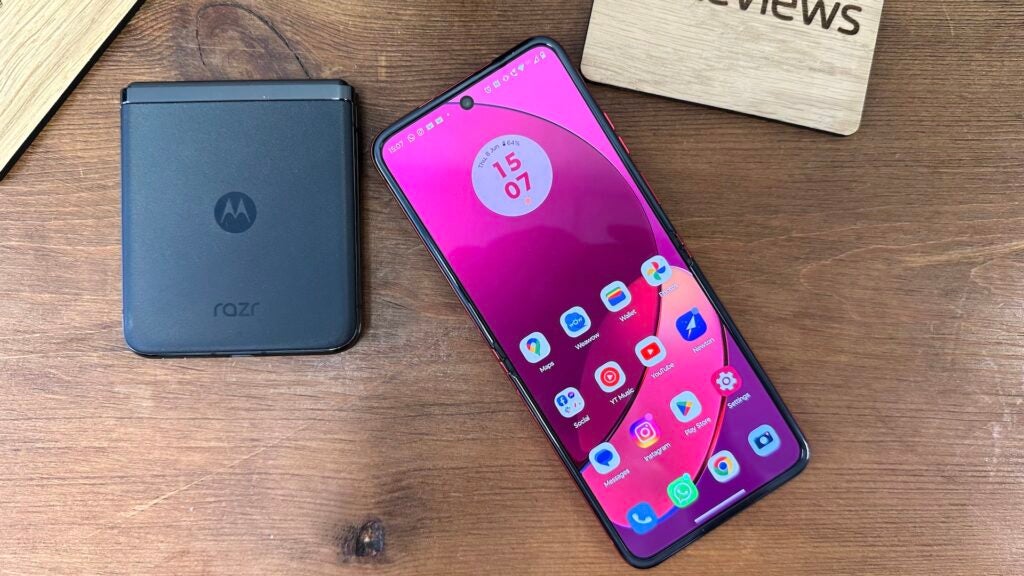
To be fair to Oppo, it has one of the more pleasant third-party Android skins out there with a smattering of handy Oppo features like Shelf, XL folders on the home screen and more that enhance the Android experience. But for Android purists, the Razr 40 Ultra is the way to go, with the only Motorola-branded changes focused on the handy Moto Actions.
The Oppo Find N3 Flip has better long-term support, offering 4 OS upgrades and 5 years of security patches compared to the combination of 3 and 4 from the Razr 40 Ultra, meaning the N3 Flip will end up with Android 17 while the Razr will be stuck on Android 16.
Battery life
When it comes to battery life, the Oppo Find N3 Flip and Motorola Razr 40 Ultra are fairly evenly matched despite the fact that the former has a larger battery than the latter at 4300mAh and 3800mAh respectively. But despite this disparity in cell size, both delivered all-day battery life during testing, though without much left in the tank by the time it came to bedtime.
More specifically, our reviewer found that the Motorola Razr 40 Ultra would usually finish the day with around 15-30% in the tank, while the Oppo Find N3 Flip would usually end up at the 15% mark after a day’s use. These will get you through a day of use, just about, but they likely won’t be two-day devices for many people.
Thankfully, both offer fast charging capabilities, though the Oppo Find N3 Flip’s 44W speeds beat the 30W on offer from Motorola. But, with a larger battery from the former, it means that both took the exact same 59 minutes to go from flat to full during testing.
The Motorola Razr 40 Ultra also benefits from 5W wireless charging, a feature not offered by Oppo’s newer alternative.
Verdict
The Oppo Find N3 Flip is a solid foldable that fixes a lot of complaints from the N2 Flip, boasting one of the best clamshell foldable camera systems around, a nice compact design, lovely screen and charming software.
However, the Razr 40 Ultra is not only thinner, lighter and made from more durable materials, but it’s more powerful, has larger cover and internal displays and is generally the more capable of the two.
Combined with the fact that the Find N3 Flip is exceedingly difficult to buy in the UK and Europe and it’s clear that the Razr 40 Ultra has a win on its hands here.



